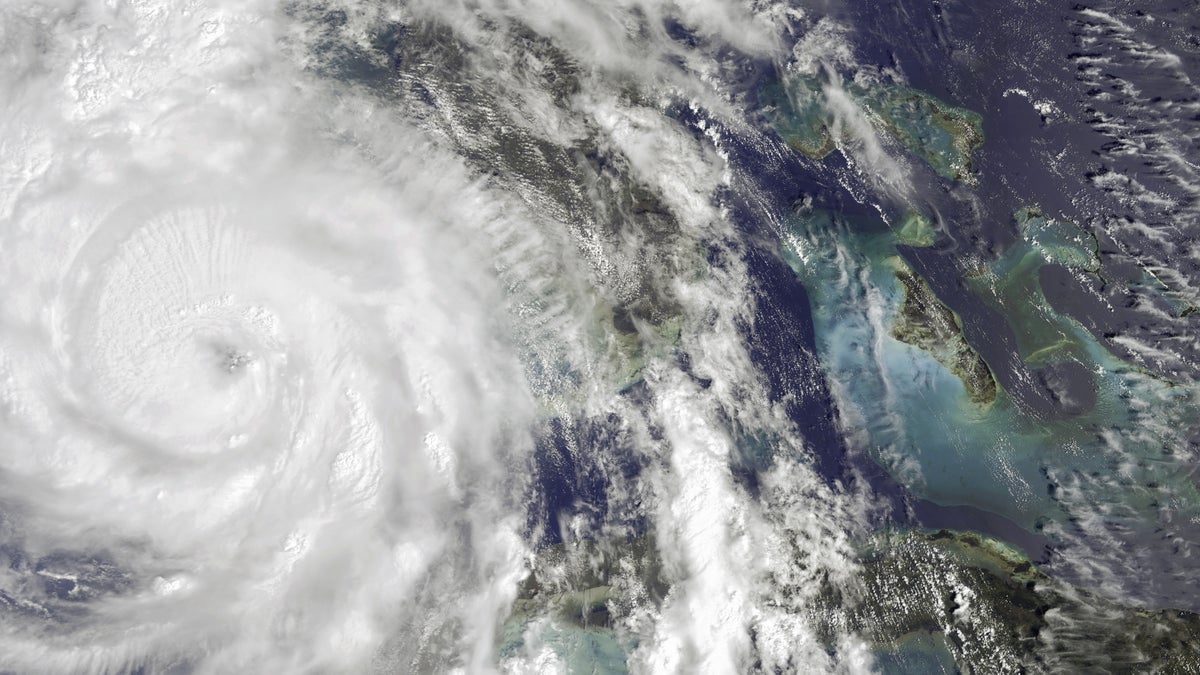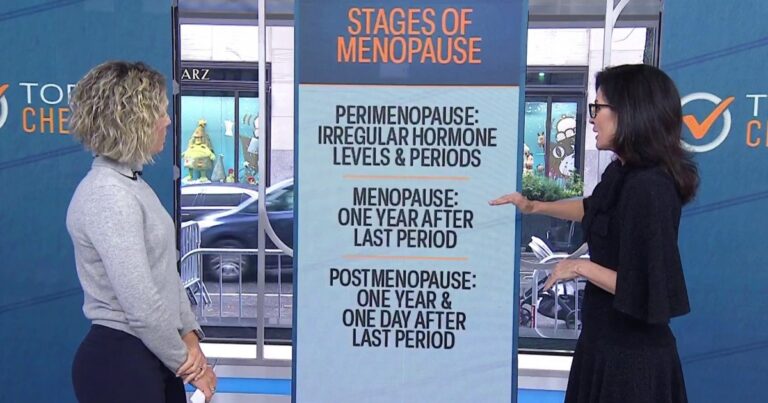CLIMATEWIRE | Climate change increased the maximum wind speeds of every Atlantic hurricane that formed this year, scientists have found. All 11 storms intensified between 9 and 28 miles per hour under the influence of warmer-than-average ocean temperatures.
The extra juice pushed seven storms at least one category higher than they would have been without the influence of climate change. And Hurricanes Debby and Oscar likely would have remained tropical storms in a world without global warming.
The new analysis was released Wednesday morning by researchers from the climate science and communications nonprofit Climate Central. It’s the latest study to warn of the dangers of intensifying hurricanes in a warmer world.
On supporting science journalism
If you’re enjoying this article, consider supporting our award-winning journalism by subscribing. By purchasing a subscription you are helping to ensure the future of impactful stories about the discoveries and ideas shaping our world today.
“We know climate change is increasing the temperatures around the planet,” said lead study author Daniel Gilford, a climate scientist with Climate Central. “We know temperatures in the ocean, and in the Atlantic Ocean in particular, are getting warmer. So now we can estimate what does that mean for hurricane intensities.”
The full study examines not only the 2024 season, but all Atlantic hurricanes over the last five years. Between 2019 and 2023, elevated ocean temperatures boosted the wind speeds in five out of every six hurricanes, causing them to intensify by an average of 18 miles per hour. Over that time period, 30 hurricanes jumped at least one category higher than they would have been without the influence of climate change.
And in 2024, every Atlantic hurricane was strengthened to some degree by warming ocean waters.
The analysis also finds that some hurricanes reached a catastrophic Category 5 only because of the influence of climate change. That includes Hurricane Lee in 2019, Ian in 2022 and Lorenzo in 2023, as well as both Milton and Beryl in 2024.
Milton was an especially remarkable case, the analysis notes. It gained 120 miles per hour in wind speeds in less than 36 hours after passing over waters more than 3 degrees Fahrenheit above their typical temperatures. A separate Climate Central analysis found that these water temperatures were 400 to 800 times more likely to occur because of climate change.
The new study relies on a special kind of analysis known as attribution science, which investigates the links between global warming and extreme weather events.
Using a combination of on-the-ground observations, statistical analyses and climate models, the research compares real-world events with a hypothetical scenario in which human-caused climate change doesn’t exist. This comparative analysis can help scientists determine the extent to which global warming has influenced an extreme weather event.
In this case, the scientists focused on the influence of warming waters. Ocean temperatures are a major factor in the formation and intensification of tropical cyclones, and studies have suggested for decades that hurricanes will grow stronger as sea surface temperatures rise.
That doesn’t necessarily mean the total number of hurricanes will increase. But the proportion of storms that achieve major hurricane status, at a Category 3 or higher, will rise over time.
The new analysis confirms it’s already happening. And it reinforces the findings of other similar recent studies, according to Friederike Otto, a climate scientist at Imperial College London and co-founder of World Weather Attribution, a climate science consortium dedicated to investigating the links between climate change and extreme weather events around the world.
World Weather Attribution performed a similar analysis earlier this year, she noted. The study used slightly different methods, based on a mathematical model, to investigate the links between climate change and hurricane wind speeds, focusing specifically on Hurricane Helene.
The exact numbers differed slightly from the Climate Central findings, but were “very much in the same ballpark,” according to Otto.
“It really shows that these two completely different lines of evidence show us the same thing,” she added.
Age of unprecedented disasters
It’s not just wind speeds that are strengthening.
Studies have found that climate change can increase the intensity of hurricane rainfall, making floods more likely and more damaging. And research suggests that water, from rainfall or from storm surge, causes more damage during tropical cyclones than winds.
But overall hurricane damage, including water-related impacts, scales up exponentially with higher wind speeds, according to NOAA. That means higher category storms tend to be costlier and deadlier across the board.
All of which underscores the importance of studies that focus on wind speeds, experts say. And they may be able to help scientists better communicate the dangers to the public, potentially saving lives.
“Is it relevant that we’re getting more violent hurricanes? You bet it is,” said John Morales, a longtime meteorologist and hurricane specialist with NBC. “Because these are the ones that cause the vast majority of the destruction. And we’re seeing more of those in recent years.”
One emerging danger of strengthening hurricanes is that they’re intensifying faster than they used to, Morales added — sometimes ballooning into major storms in a matter of hours. That gives emergency managers little time to prepare their communities and organize evacuations.
Hurricanes also are intensifying in ways that many communities have rarely or never seen, he added.
Hurricane Helene, which carved a path of destruction from Florida through Southern Appalachia in September, is a prime example.
An unusually large, powerful and fast-moving storm, Helene was able to maintain its strength long enough to dump historic levels of rainfall on communities unaccustomed to severe impacts from tropical cyclones. The storm left swaths of western North Carolina submerged in floodwaters and cut off from aid, killing hundreds of people.
“There are huge death tolls when extreme events happen that people have not experienced before,” said Otto, the World Weather Attribution co-founder.
That’s not just a problem with hurricanes. Scientists have warned that extreme weather events of all kinds, from wildfires to floods, are worsening as global temperatures rise. And the odds of record-breaking or unprecedented events is climbing, meaning communities around the world are at more frequent risk of disasters they’ve never experienced before.
“We see now again and again that records are broken, that wind speeds are higher than ever before, rainfall is higher than ever before,” Otto said. “We really need to use that to make sure that people don’t die.”
Scientists and emergency managers are still considering the best ways to communicate the dangers of intensifying disasters to vulnerable communities. Some experts have floated the idea of adding a Category 6 to the hurricane scale, as tropical cyclones strengthen into record-breaking territory.
While the exact strategies are still under debate, increased communication is key, Otto said.
“Just so people are aware that something is going to hit them that is different from everything else they have experienced before,” she said. “And therefore more dangerous.”
Reprinted from E&E News with permission from POLITICO, LLC. Copyright 2024. E&E News provides essential news for energy and environment professionals.



















+ There are no comments
Add yours